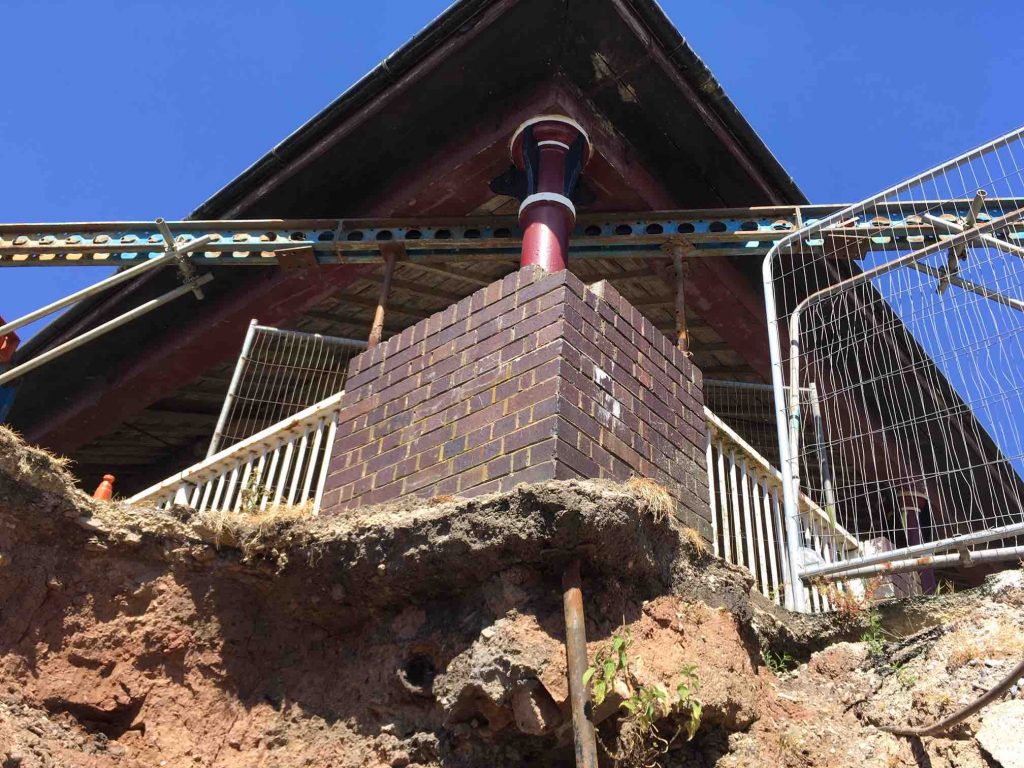On the 2nd March 2020 (23 weeks after the first hole appeared in the towpath) the canal and river trust’s contractors Kier Group PLC arrived and set up a compound at the boatyard.
Without any consultation of any kind the contractors installed a bridge and additional fencing around the Dry Dock. Taylor’s Boatyard now found itself with absolutely no access to their Dry Dock. This was of major concern, not least as statutory safety inspections could no longer be carried out.

On the 27th March 2020 the contractors stopped operations for six weeks due the Covid-19 pandemic. The contractors had been on site for nearly one month but no work to the culvert had actually been carried out. To be clear not a single spade had been lifted!
At 7.00 a.m. on the 5th May 2020 the main gates of the boatyard had been removed. Bailiffs were in the process of repossessing the equipment belonging to CRT’s contractors. This was a very unpleasant experience for all concerned. The very public nature of this event damaged the reputation of the boatyard through no fault of its own.
It was at this point a formal complaint was made against the canal and river trust. Formal Complaint and the Waterways Ombudsman.
On the 18th May 2020 the contractors returned back to site with the apparent lack of urgency continuing.
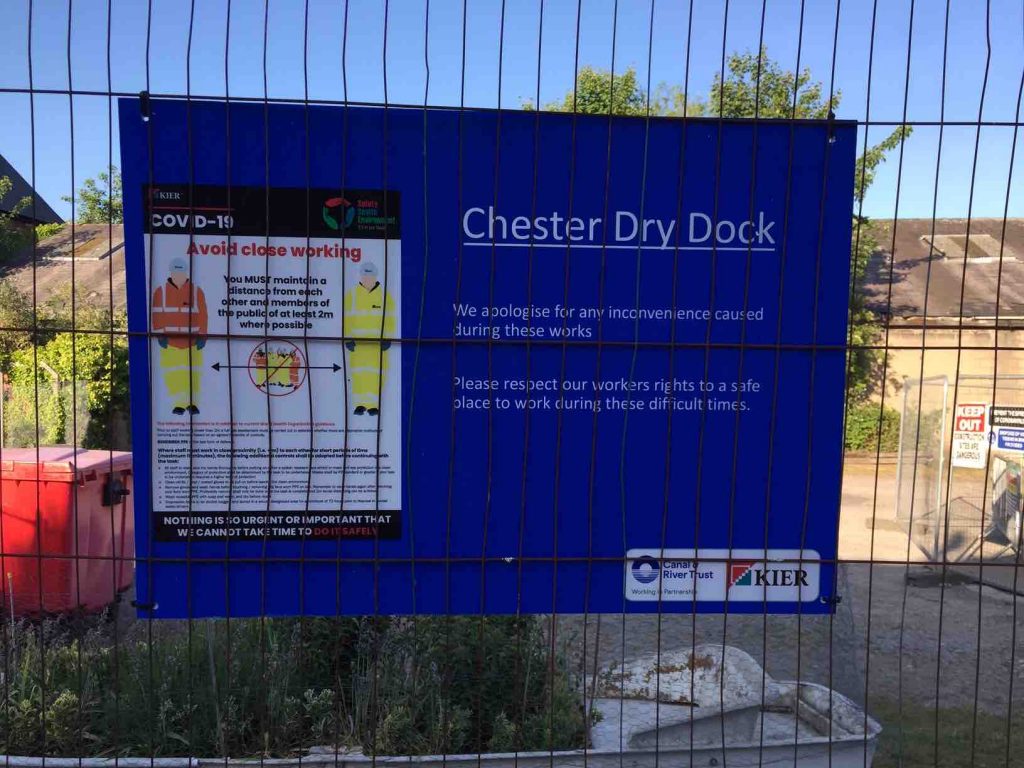

On Tuesday 19th May 2020 work started on clearing the damaged middle section of the culvert. This was over eight months from when the culvert collapsed.
A very old and sturdy cast iron pipe was uncovered which had, apparently, been re-purposed to form part of the rainwater drainage system of the dry dock. It is believed to have been originally part of a water hydraulic system used to operate cranes, etc, as can be seen at the nearby Ellesmere Port boat museum. It is the first example discovered at Chester and more research will be needed.
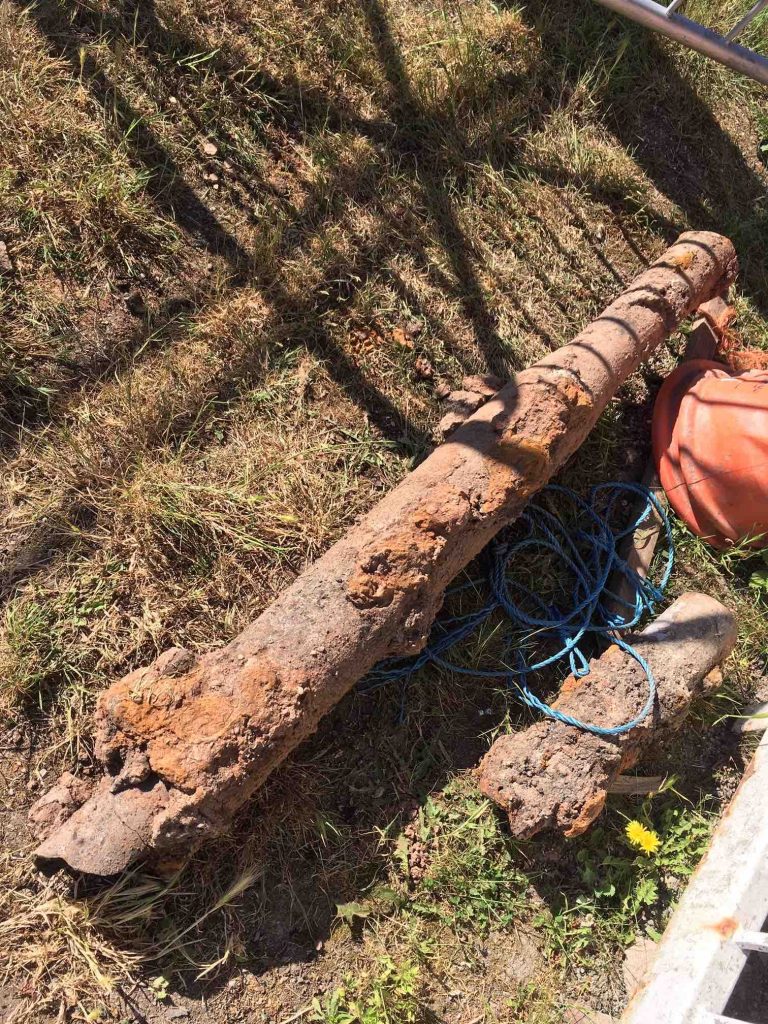
Work continued at a very slow rate and it became clear CRT were not going to repair the existing culvert but were undertaking a more complicated and unnecessary major modification.
Repairing the culvert back to its original design would have been very straightforward, cost effective and quick. It would have also been an acceptable solution from an operational and heritage perspective.
CRT refused to discuss their major modifications to the culvert. It could be seen that these modifications would create new serious operational and safety issues. These serious safety concerns were raised in writing to CRT many times but they simply just ignored them.
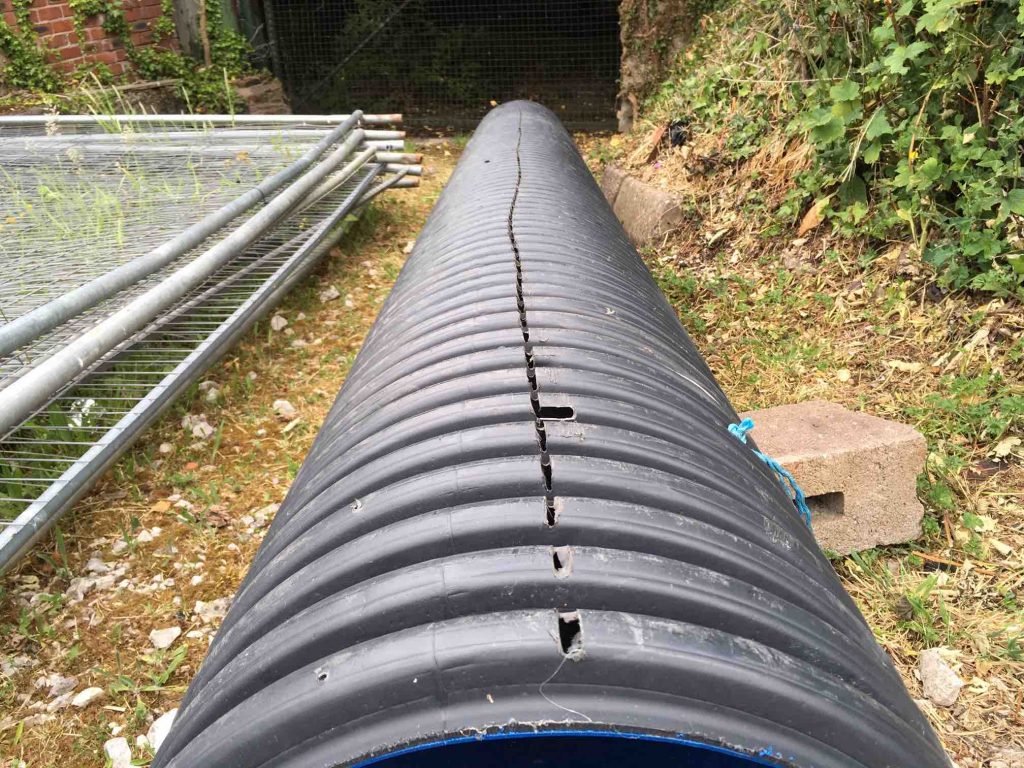
A 400mm diameter plastic pipe made up from three sections was inserted into the middle part of the much larger culvert barrel. Prior to installation each section of plastic pipe, inexplicably, had their corrugations cut through lengthways in three places. One pipe connection was made with a gasket, the other by mortar. The purpose of the short section of pipe at the inlet is unclear but it appears to be an attempt to form an angle or bend.

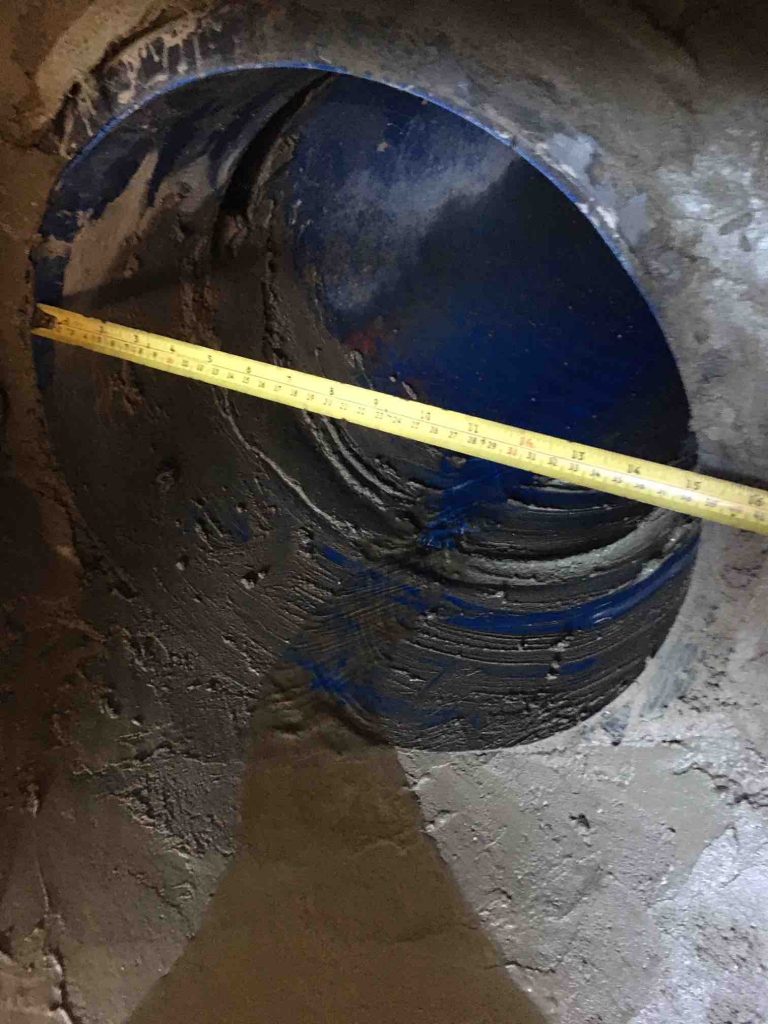
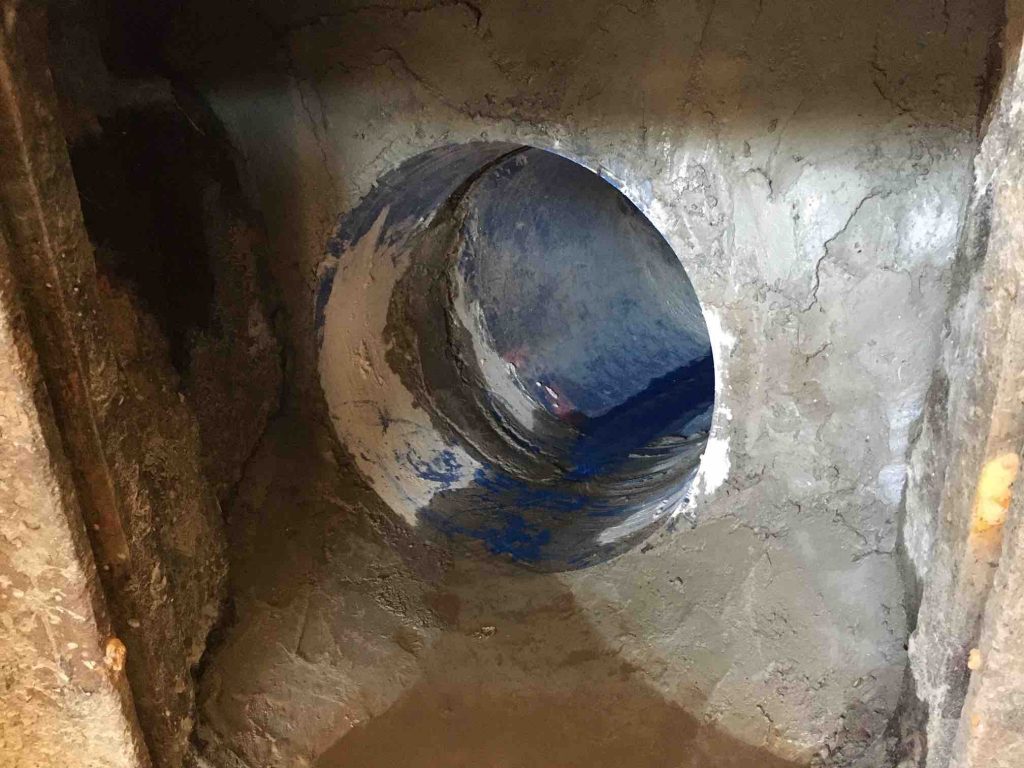
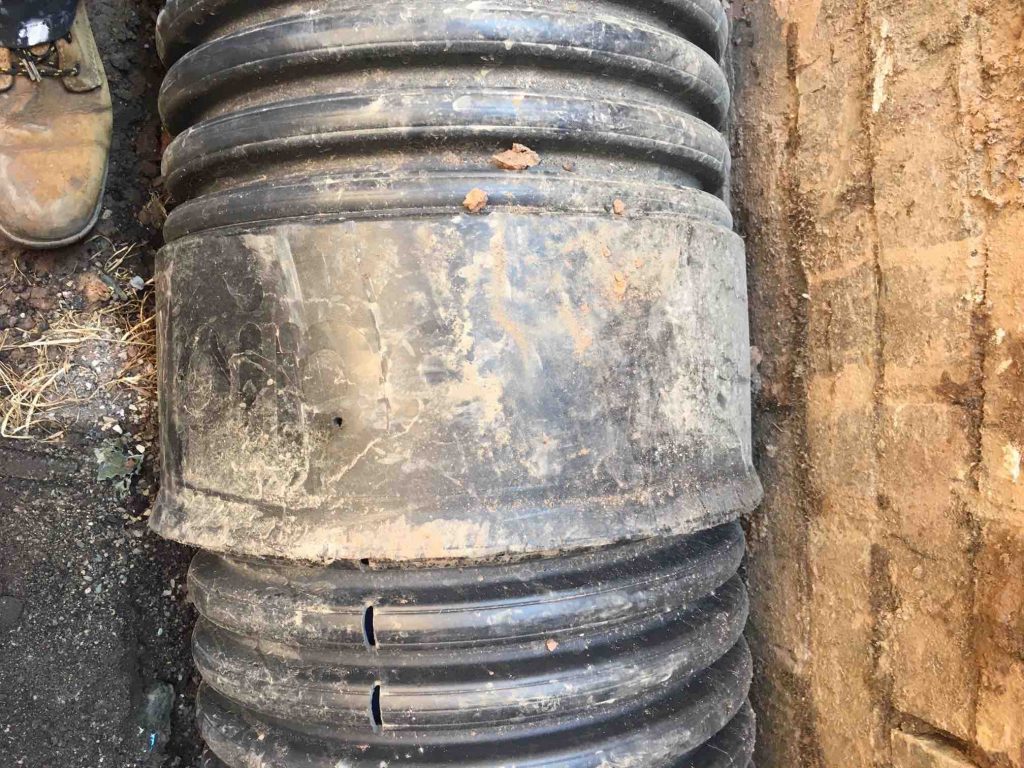
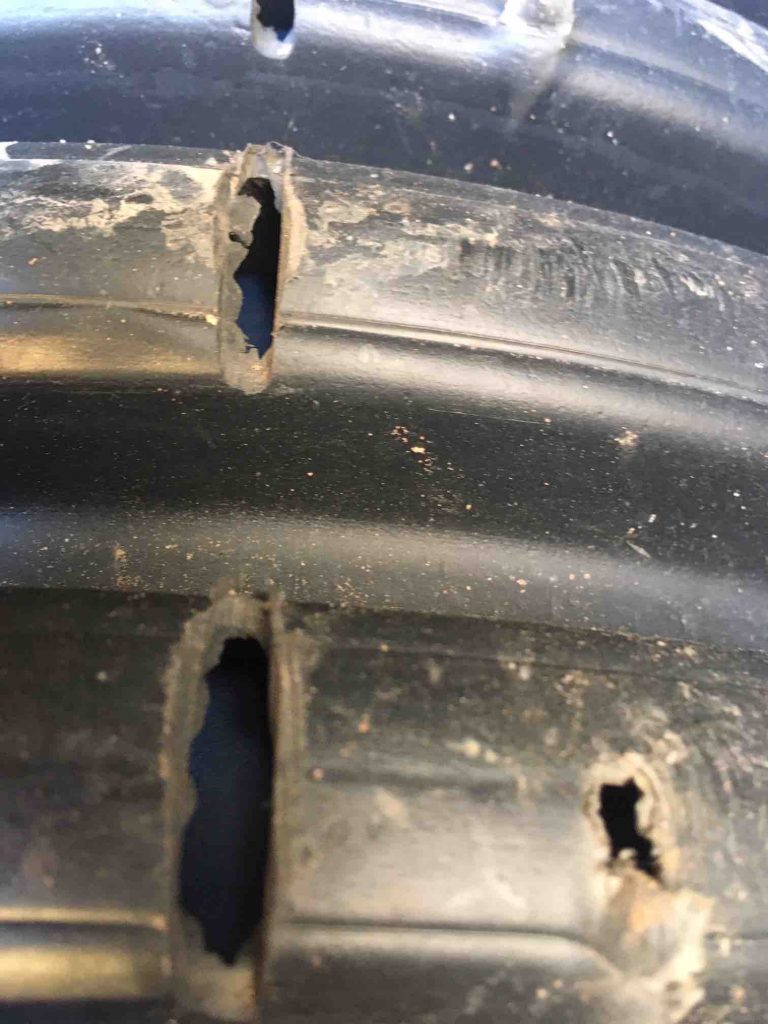
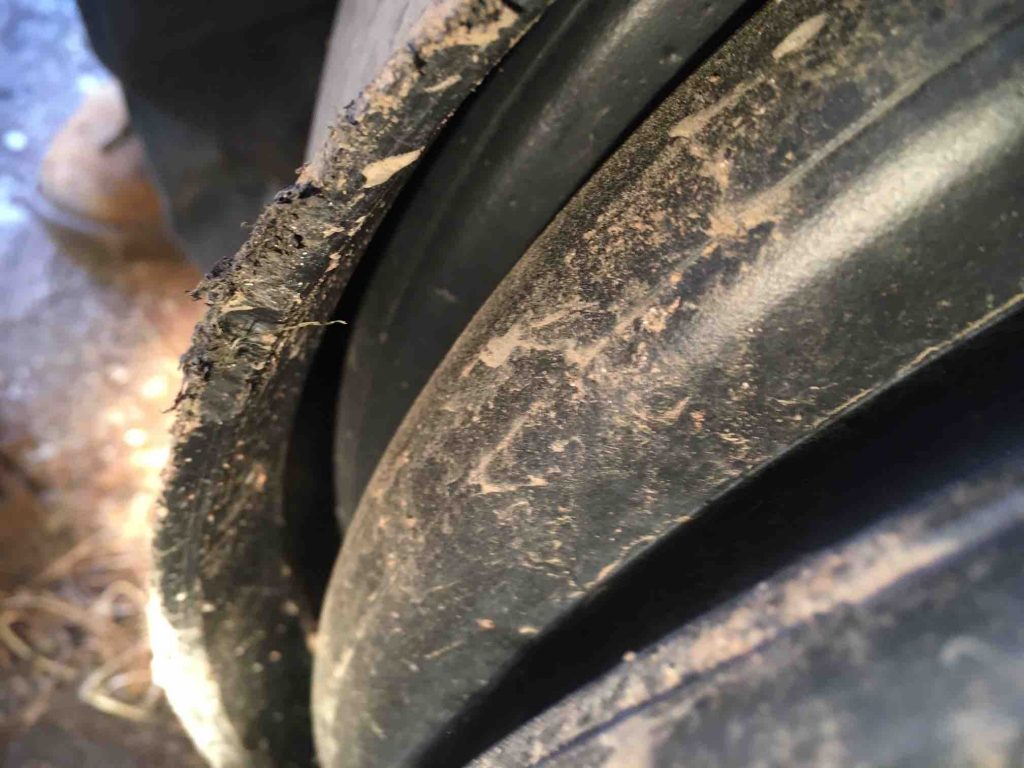

The large area around each end of the pipe was bodged up with concrete filled plastic bags and sprayfoam.
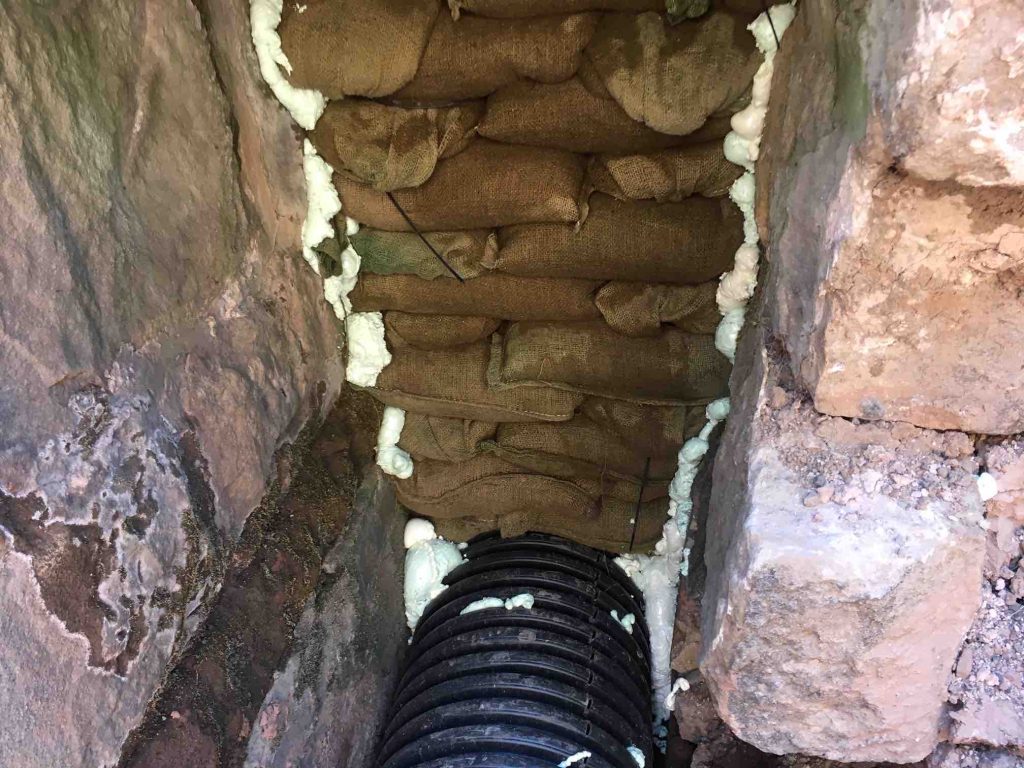

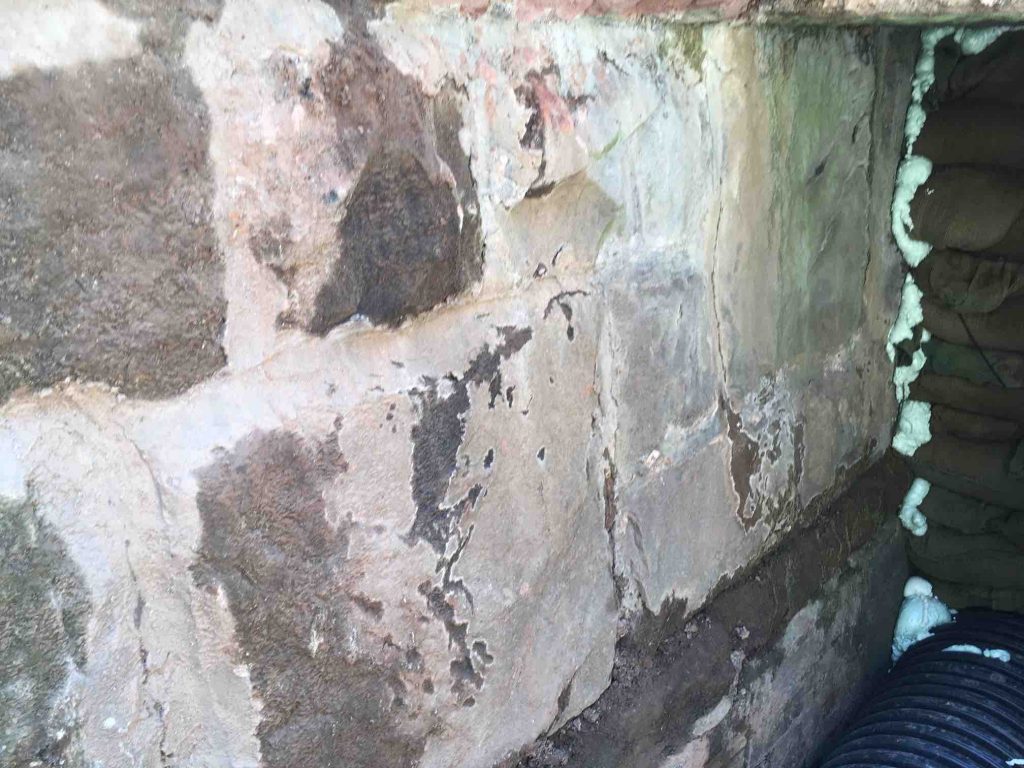
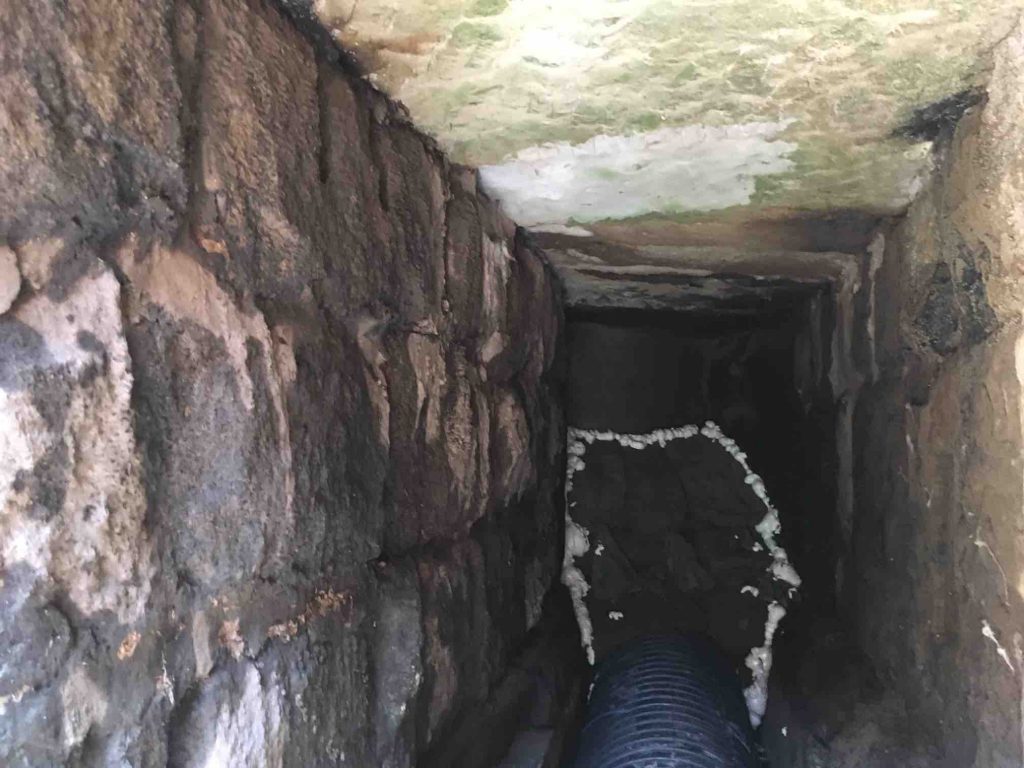
The plastic pipe chosen by CRT’s designer is manufactured by PolyPipe. Information on the specification, use, care, installation and air-testing of this ‘Ridgidrain’ product is freely available on-line.
Installing the plastic pipe into the central section of the culvert barrel dramatically changed the dynamics of the 225 years old culvert. This has created new operational and structural safety issues which means the Dry Dock can no longer be safely operated. So what’s the problem?
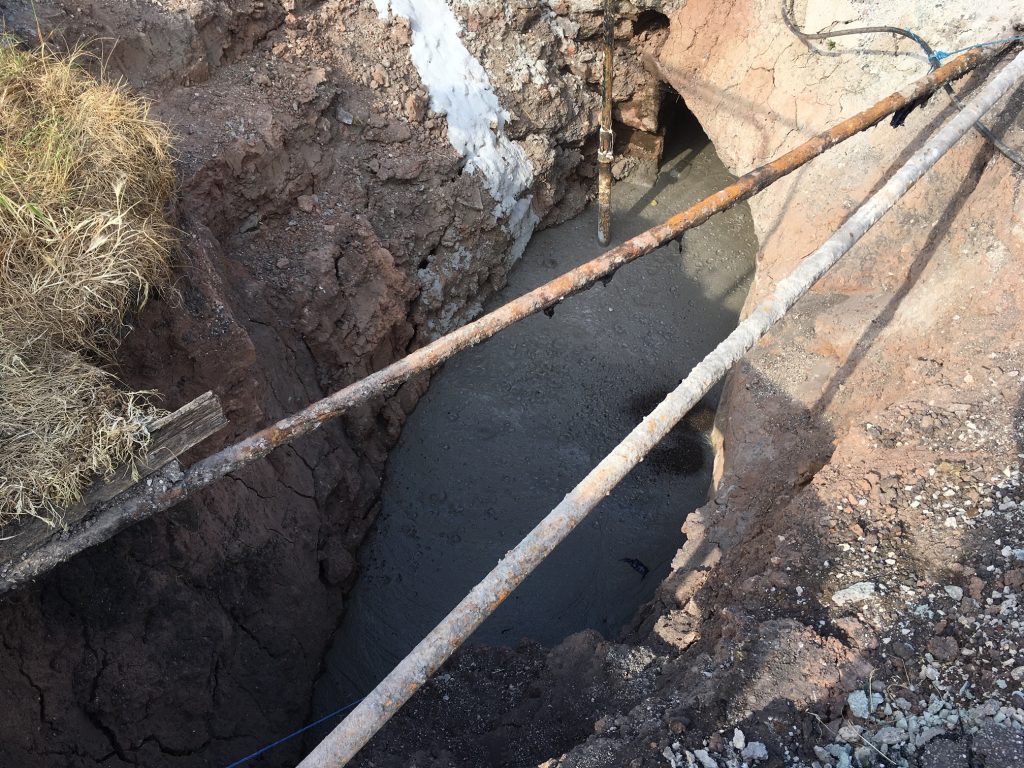
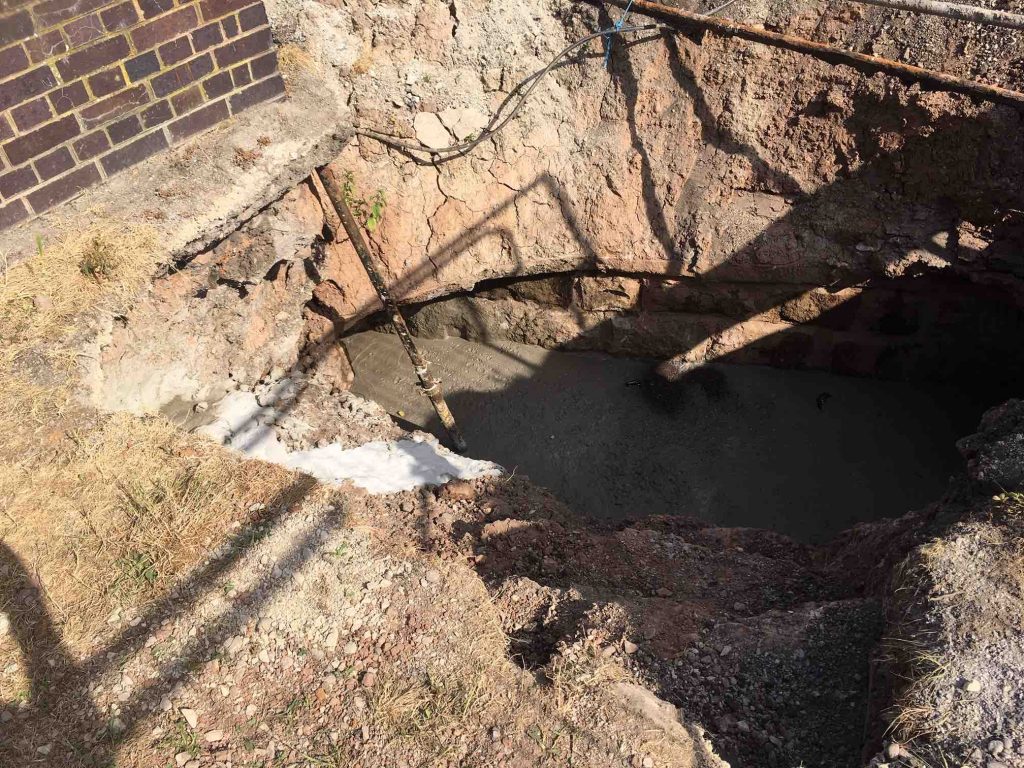
Eight men spent the next four days filling the remaining large void with foamed concrete.
Foamed concrete is a void filling material not suitable for underpinning work, so the designer has incorporated an ‘Acro-prop’ to support the roof column.
